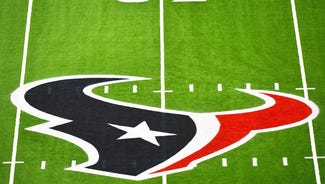





































































































































Richardson puts himself on elite level
The 2011 NFL Draft was further evidence that running backs are being devalued in the NFL.
The top running back prospect in 2011, Mark Ingram, wasn’t selected until the 28th pick, and there were only five running backs taken in the first two rounds. Of those five, all of them missed at least one game during their rookie campaigns due to injury and two of them, Ryan Williams and Mikel Leshoure, were lost for the entire season after sustaining injuries in the preseason.
Other than Ingram’s four starts, Daniel Thomas, the fifth running back drafted (62nd overall), was the only other back selected in the first two rounds to record an official start (two) in the 2011 season.
So the first five running backs selected in the 2011 draft accounted for only six NFL starts and a total of 1,112 rushing yards … or an average of 222 yards per player over the course of the season.
Additionally, the league’s leading rushers in 2010-11, Maurice Jones-Drew and Arian Foster, were a second round pick and an undrafted free agent. This further proves that you can find value in later rounds at running back, rather than expend a valuable first round selection.
The running back position as a whole is changing as the league becomes more and more reliant on passing. And an elite running back that can create mismatches in the flat or screen game is just as, if not more, valuable than a physical between-the-tackles type of runner.
Take Matt Forte and Ray Rice as examples — each led his team in total receptions and displays the versatility that teams are looking for out of the backfield.
As for the 2012 running back class, Trent Richardson is by far the cream of the crop. He is currently my No. 5 prospect in the entire draft, and even with the position being devalued, he is worthy of a pick in that range.
Richardson is the finest back running back prospect since Adrian Peterson, and is actually more versatile. Richardson’s compact size at 5-foot-9, 228 pounds allows him to take the beating an NFL running back receives, and he runs with a balance of aggressiveness and elusiveness.
He is an extremely hard-worker and the stories the Alabama coaching and weight room staff tell of his lifting habits are legendary. While he may not be as dynamic out of the backfield as Forte or Rice, he can certainly be a weapon in the passing game. Before this season, Richardson played in tandem with Ingram and was basically comparable to a third-down back in the 2010 and 2011 editions of the Crimson Tide offense. He is a complete player that will contribute from Day 1.
After Richardson, the debate rages over who is the next best available back. Depending on whom you ask, you will get a range of players from Miami’s Lamar Miller, Virginia Tech’s David Wilson or Boise State’s Doug Martin. Martin is the only other back worthy of first-round consideration, but even he may be a better value in the second round.
Martin is a complete player who has a stout and compact body type with excellent thickness in his legs and thighs. He plays with a superior short-area burst and has quickness that allows him to elude tackles and rarely take a hit squarely.
In what is a dying art in the NFL, Martin is probably the best pass protector in the draft among the running backs, and he also totaled 28 receptions in each of his last two seasons. He doesn’t have game-breaking speed, but is shifty and can weave through traffic to create big gains in both the running and passing game.
The only question for Martin when watching his tape is the level of competition he played against on a weekly basis. He wasn’t as productive against teams like Georgia and didn’t even play against Boise’s next best 2012 opponent, TCU.
As for Miller and Wilson, both have game-breaking speed, with each running in the 4.4 range at the NFL Combine. Miller is better at containing his speed and being patient to set up his blocks, while Wilson often outruns his blocking scheme. As with many big-play backs, each will sometimes try to do too much with the ball and often lose unnecessary yards when trying to make something out of nothing, and this cost Wilson seven fumbles in just 290 carries in 2011.
Both prospects are very similar and it will come down to personal preference as to who goes off the board first. For me, I like Richardson, Martin, Miller and then Wilson, but LaMichael James may sneak into the mix with a similar skill-set to Detroit’s Jahvid Best.

2024 NFL mock draft: 4 QBs in top 5, 4 receivers in first 10 picks

5 Bold Predictions for 2024 NFL Draft: Texas DT Byron Murphy a top-10 pick
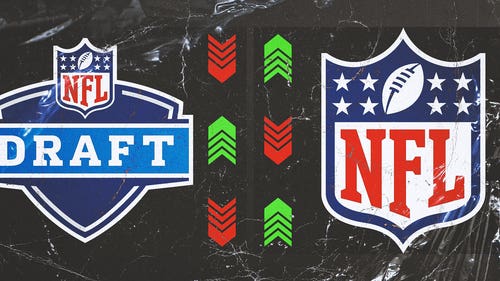
The art of NFL Draft misdirection: How teams use subterfuge to hide their plans

2024 NFL Draft Schedule: Date, time, how to watch, TV channel
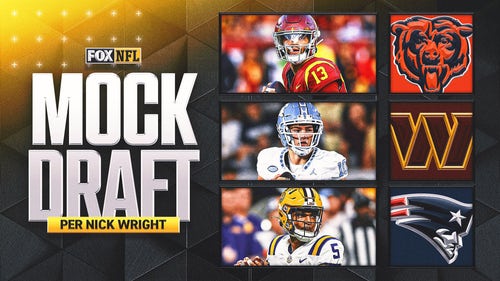
2024 NFL Draft: 5 QBs drafted, Jets add Bowers in Nick Wright's final mock draft
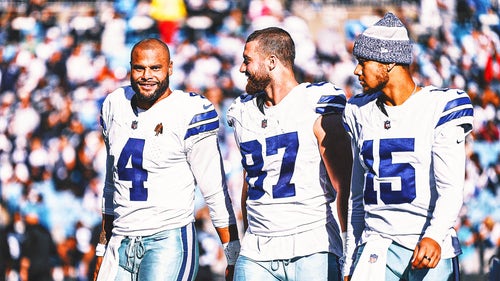
What are Cowboys’ best options at QB if Dak Prescott leaves?
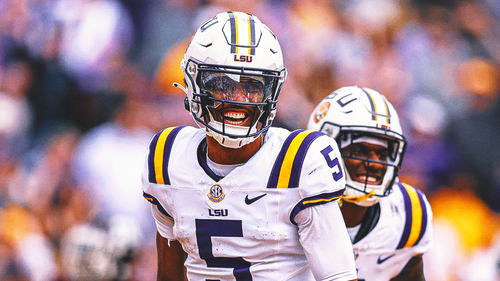
2024 NFL Draft odds: Jayden Daniels' second pick odds shortening

Emoji-Gate not enough to scare Commanders off Jayden Daniels

USC's Caleb Williams says he's a 'big fan' of Washington WR Rome Odunze


2024 NFL mock draft: 4 QBs in top 5, 4 receivers in first 10 picks

5 Bold Predictions for 2024 NFL Draft: Texas DT Byron Murphy a top-10 pick

The art of NFL Draft misdirection: How teams use subterfuge to hide their plans

2024 NFL Draft Schedule: Date, time, how to watch, TV channel

2024 NFL Draft: 5 QBs drafted, Jets add Bowers in Nick Wright's final mock draft

What are Cowboys’ best options at QB if Dak Prescott leaves?

2024 NFL Draft odds: Jayden Daniels' second pick odds shortening

Emoji-Gate not enough to scare Commanders off Jayden Daniels

USC's Caleb Williams says he's a 'big fan' of Washington WR Rome Odunze
